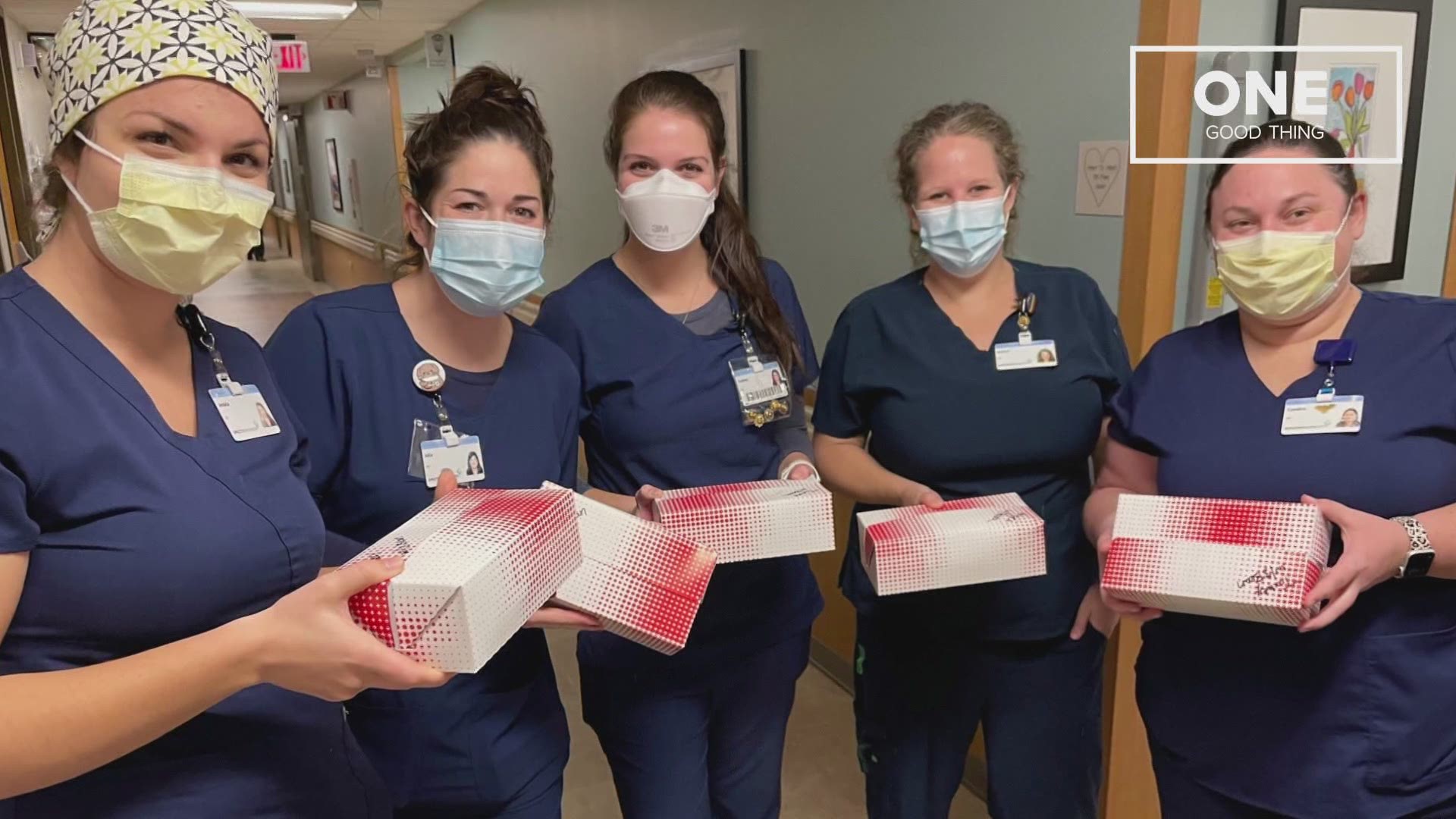OTTAWA COUNTY, Mich. — High school students across the state are learning virtually after the Michigan Department of Health and Human Services enacted its three-week epidemic order on November 15.
The order is set to expire next week. However, new data from the MDHHS names K-12 schools as the second-highest area for COVID-19 outbreaks, just behind assisted care centers.
Kelly Kroft, a math teacher at Coopersville High School, said the year has been full of uncertainty, but she is impressed by her students as everyone takes it day by day.
"We’re so used to planning. You’ve got your plan book, and you’ve got your schedule and you’re ready to go step by step. And we just all had to take a step back, teachers and students," Kroft said.
The algebra and geometry teacher said math is a particularly hard subject to teach and learn virtually, which has made this year tougher on students.
"Math is a skill right? Something you need to practice like shooting free throws. Trying to teach math virtually is a lot like trying to help someone with their golf swing virtually. You’re trying to help them develop the skill, but I’m not seeing them practice it so much on pen and paper," Kroft explained.
Brianna Moynihan, Childcare and Camp Director at Tri-Cities Family YMCA, echoed similar comments, noting that the organizations Thrive program, which offers academic support, most commonly helps students in math and writing.
"In the past two weeks we’ve seen a huge increase in the families we’ve been supporting," Moynihan said.
The Thrive program is certified by the state of Michigan and serves children 5-12, from 12-6pm. Staff members aid students in their online coursework, provide healthy snack and nutrition education and host recreational activities for kids to stay socially and physically active.
Kroft said tutoring services could be a helpful path for students struggling with online learning. However, she also tries to provide one-on-one help to students in her class through virtual break-out rooms and office hours.
Kroft explained the pressure of students asking questions virtually can be daunting, as opposed to the social cues she can pick up from students in-person.
"If they’re in my classroom and they’re not picking up their pencil and they look confused, I can walk over there and do one-on-one. So when you’re doing virtual on a zoom meeting I can’t see that," Kroft said.
Despite the learning curve online, Kroft said students grades this year closely compare to the previous one.
"We get great attendance... Grades have been just as good as last year if not a little bit better these past couple weeks," she said.
However, she said she hopes students will be able to safely return to the classroom soon.
"It's going to be detrimental for students who are struggling. They're going to have gaps in their knowledge, definitely, but know what? They have gaps in their knowledge every year, and as teachers we know how to handle that in the fall. I think you'll see that we as a teaching community are not going to let people fall through the cracks," Kroft said.
RELATED VIDEO:
►Make it easy to keep up to date with more stories like this. Download the 13 ON YOUR SIDE app now.
Have a news tip? Email news@13onyourside.com, visit our Facebook page or Twitter. Subscribe to our YouTube channel.


